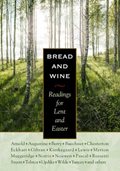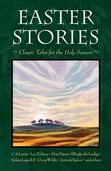Subtotal: $
Checkout
Concerning the Sword is the fourth article of the Article Book, a major doctrinal tract of the Hutterites of the sixteenth century. Its author is not named but was probably the Hutterian bishop Peter Walpot (1521-1578). This article, originally published in the Mennonite Quarterly Review, gives Biblical references for Christian nonviolence.
Concerning the Sword is the fourth article of the Article Book, a major doctrinal tract of the Hutterites of the sixteenth century. Its author is not named but was probably the Hutterian bishop Peter Walpot (1521-1578). The book deals with the following five articles: (1) Concerning true baptism (and how infant baptism contradicts it); (2) Concerning the Lord's Supper (and how the sacrament of the priests is against it); (3) Concerning the true surrender (Gelassenheit) and Christian community of goods; (4) That Christians should not go to war nor should they use sword or violence nor secular litigation; (5) Concerning divorce between believers and unbelievers.
The book is not a theological tract, but rather like all Anabaptist doctrinal writings is a collection of biblical texts topically arranged to prove the position of the brotherhood with regard to the question at issue. The title of the larger edition, A Beautiful and Pleasant Little Book Concerning the Main Articles of our Faith, is quite colorless; more to the point is the title used in the Chronicle of the Hutterian Brethren: The Five Articles of the Greatest Conflict Between Us and the World. It does not pretend to contain a complete system of Anabaptist thought but only a collection of those points and their arguments that distinguish the Brethren from the "world" and justify their particular stand. The large Article Book comprises in one codex 286 quarto leaves; this size explains the later appearance of a condensed edition, which in print comprises only 18 pages.
The Article Book must have been widely known in its time. Catholics as well as Lutheran polemics against it are known. The Hutterites continued to use and to copy the book as later codices prove.
View Table of Contents
